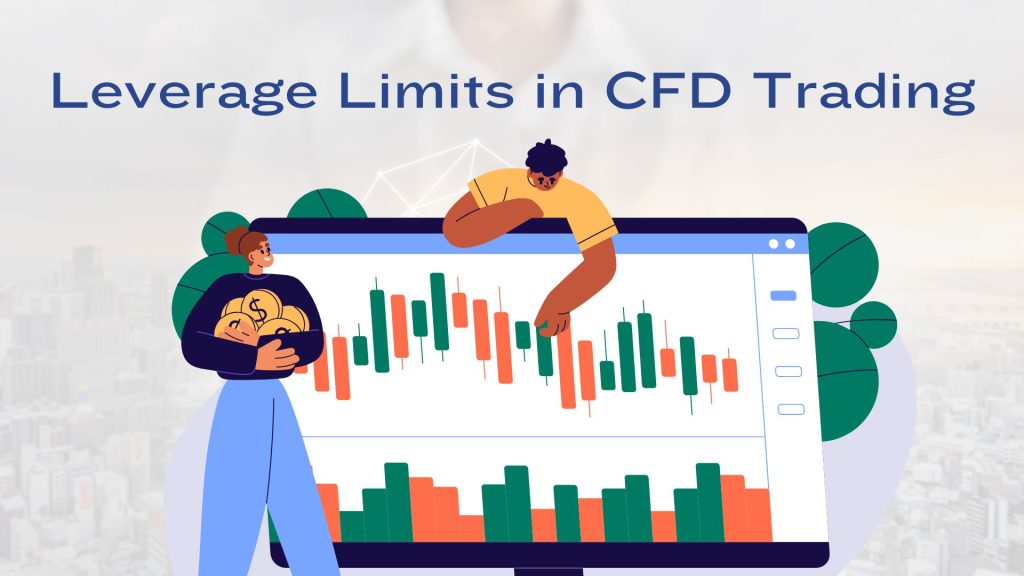
Leverage Limits for CFD Brokers by Regulators
Leverage in CFD trading is a tool that allows traders to gain a larger exposure to the market than the amount they deposit as a margin. Essentially, it’s a loan provided by the broker to the trader. While this can amplify profits, it can also magnify losses if the market moves against the trader’s position.
In this article, we will discuss different leverage limits set by regulators across the globe for CFD brokers.
Join the global network of professionals and find the ideal trading and liquidity partners now!
Major Leverage Limits
| Jurisdiction | Major FX | Non-Major FX | Gold/Major Indices | Commodities | Other Indices | Crypto |
| Australia (ASIC) | 30:1 | 20:1 | 20:1 | 10:1 | 5:1 | 2:1 |
| Brazil (CVM) | 50:1 | 20:1 | 20:1 | 10:1 | 5:1 | 2:1 |
| Canada (IIROC) | 50:1 | 20:1 | 20:1 | 10:1 | 5:1 | 2:1 |
| European Union (ESMA) | 30:1 | 20:1 | 20:1 | 10:1 | 5:1 | 2:1 |
| Switzerland (FINMA) | 100:1 | 50:1 | 50:1 | 20:1 | 10:1 | 5:1 |
| South Africa (FSCA) | 200:1 | 50:1 | 50:1 | 20:1 | 10:1 | 5:1 |
| Egypt (EFSA) | 50:1 | 20:1 | 20:1 | 10:1 | 5:1 | 2:1 |
| Malaysia (SC) | 50:1 | 20:1 | 20:1 | 10:1 | 5:1 | 2:1 |
The Need for Leverage Limit
The reasons behind leverage limits are that they prevent systemic risks arising from widespread defaults due to high leverage. Additionally, it is important to safeguard retail investors from the dangers of overleveraging and potentially severe financial losses.
For example, some jurisdictions, like Switzerland, have strict leverage caps (100:1 for major FX and 50:1 for non-major FX) to protect retail investors. Choosing brokers that offer reasonable leverage limits to protect against volatility and large losses is advisable.
Conclusion
Leverage limits are a critical aspect of the regulatory framework for CFD brokers. They are designed to protect investors, ensure market stability, and foster a healthy trading environment. While these limits might constrain the potential for outsized gains, they are essential in minimising the risks associated with high leverage in CFD trading.
To learn more about trading platforms, follow us on LinkedIn.





